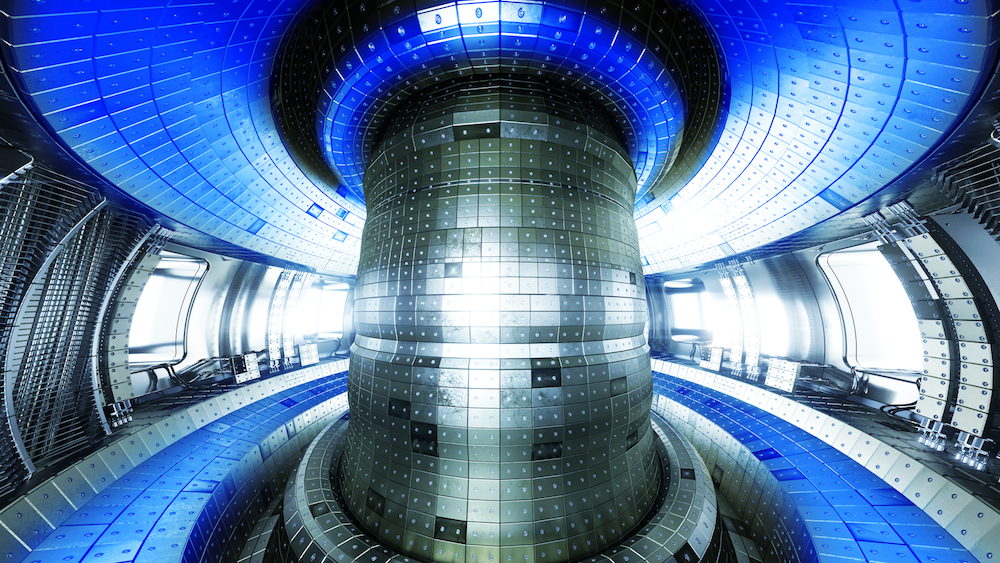- Nuclear fusion could be the future of energy, replacing fossil fuels with our own artificial stars.
- China built a fusion reactor that reaches temperatures of 100 million degrees Celsius – that’s six times as hot as the sun.
- The reactor is called Experimental Advanced Superconducting Tokamak (EAST) and sustained nuclear fusion for about 10 seconds before shutting down.
- While it was a milestone for EAST, we’re still a long way from generating sustainable energy on Earth.
Imagine if we could replace fossil fuels with our very own stars. And no, we’re not talking about solar power: We’re talking nuclear fusion. And recent research is helping us get there. Meet the Experimental Advanced Superconducting Tokamak, or EAST.
EAST is a fusion reactor based in Hefei, China. And it can now reach temperatures more than six times as hot as the sun. Let’s take a look at what’s happening inside. Fusion occurs when two lightweight atoms combine into a single, larger one, releasing energy in the process. It sounds simple enough, but it’s not easy to pull off. Because those two atoms share a positive charge. And just like two opposing magnets, those positive atoms repel each other.
Stars, like our sun, have a great way of overcoming this repulsion … their massive size, which creates a tremendous amount of pressure in their cores … So the atoms are forced closer together making them more likely to collide. There’s just one problem: We don’t have the technology to recreate that kind of pressure on Earth.
But luckily, there’s another way. You can also generate fusion with extreme temperatures. And that’s exactly what devices like EAST do. The higher the temperature, the faster the atoms move around and the more likely they are to collide.
But it quickly becomes a balancing act. If the temperature is too hot, the atoms move too fast and zip passed each other. If it's too cold, the atoms won't move fast enough. So, the ideal temperature to generate fusion is around 100 million degrees Celsius. That's more than 6 times as hot as our sun's core.
Only a few fusion experiments in the world have surpassed this milestone. And the latest one was EAST. It sustained nuclear fusion for about 10 seconds before shutting down. And while it was a breakthrough for EAST, it's a long way from generating sustainable energy for the people of Earth.
And that's actually on purpose. EAST is a tiny reactor. At only a few meters across, it's not meant to be a full-fledged power plant. It's an experiment. And right now, its job is to help us design more effective fusion technology that could, one day, power entire cities.
Like ITER, short for International Thermonuclear Experimental Reactor, it's the world's biggest fusion project to date. Thirty-five countries have poured billions of dollars into its construction. And it is designed to be the first fusion reactor to ever produce more fusion power than the power used to heat it up.
You see, you need to pour a lot of energy into these machines to get them to work. This recent EAST test, for example, guzzled over 10 Megawatts of power. Enough to power 1,640 American homes for a year. And it didn't yield even half that amount. Since the entire point of a power plant is to, well, produce power, it's a pretty important issue to work out.
But it's worth the effort. Why? Well for one thing, fusion reactors would produce practically no radioactive waste compared to the kind of reaction we see in today's nuclear fission power plants. But even better. Fusion reactors can run on seawater - a renewable, sustainable resource.
For perspective, the amount of water just on the top inch of Lake Erie is enough to produce more power than all the fossil fuels left on the planet. And unlike other energy sources, it doesn't need the sun to shine or the wind to blow.
In a time of dwindling resources and worsening climate change, we could sure use it.
